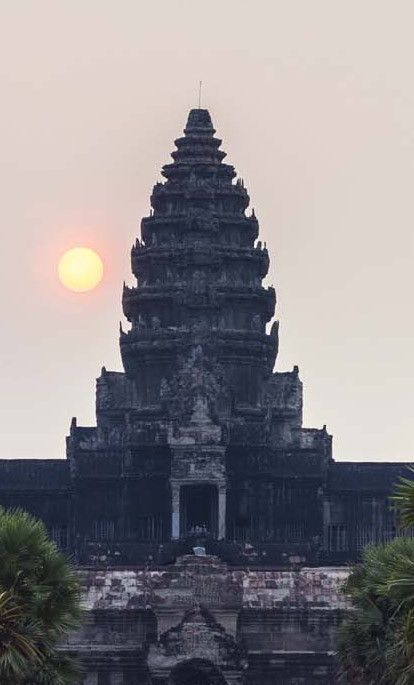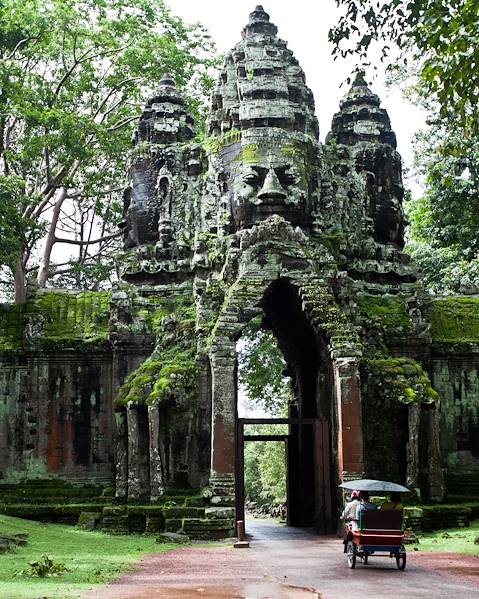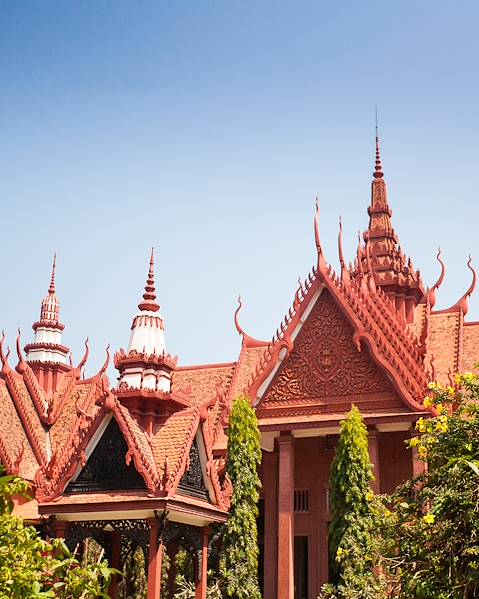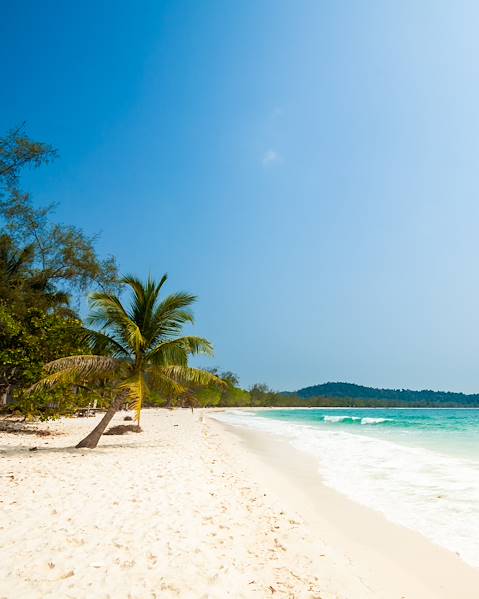Cambodia is rich in history, culture and natural beauty, however, like most countries, it faces challenges meeting the needs of the present without compromising meeting the needs of the future. Sustainability in Cambodia means finding ways to balance economic growth with environmental protection and social responsibility. Let’s take a closer look at sustainability in Cambodia and how visitors can help preserve the country’s precious resources for future generations.
Cambodia’s Environmental Concerns
Cambodia is considered one of the most vulnerable countries in Asia by environmental activists and experts. High-canopy rainforest that once covered much of the country has been decimated by logging (both legal and illegal). To give you an idea of the scale of this, in 1970 Cambodia was 70% primary rainforest but by 2007, it was a mere 3.1% primary rainforest. Three-quarters of Cambodia's wildlife areas have disappeared as a result. Cambodia also has a problem with the poaching, trafficking and illegal hunting of rare species, something to keep in mind when shopping in markets across the country.
Trouble at Tonle Sap
Tonle Sap, the biggest freshwater lake in Southeast Asia and the source of half of Cambodia’s protein, has long provided enough bounty to sustain those living among and along its shores. But many locals say life has become harder due to dwindling fish stocks, tighter government regulation of fishing and environmental degradation. Pollution is threatening the villagers’ health and lifestyle; with no public sewage system, they use the lake – their long-established water supply – as a toilet and rubbish dump as well. There are also concerns that new dams on the Mekong River could disrupt the entire Tonle Sap cycle, with catastrophic consequences.
Government Priorities
The Royal Government of Cambodia is committed to combating climate change and has adopted a long-term carbon neutrality strategy to achieve net-zero emissions by 2050. Alongside ratifying the Paris Agreement, since 1996 it has supported global efforts as a partner of the United Nations Framework Convention on Climate Change (UNFCCC). The key lies in balancing these priorities with Cambodia’s impressive economic growth. This has reduced poverty, increased life expectancy and resulted in universal primary school enrolment. Yet, as in many parts of Asia, the proceeds of said growth have not always been equally shared, and millions of people remain poor or at risk of falling back into poverty.
Sustainable Travel
One way to promote sustainability in Cambodia is through sustainable travel. This means travelling in a way that minimises negative impacts on the environment and local communities, while maximising positive impacts. Sustainable travel can take many forms, including eco-tourism and community-based tourism.
Eco-tourism
Eco-tourism is a type of sustainable travel that focuses on experiencing and preserving natural environments. Cambodia has many natural wonders, such as the Cardamom Mountains, the Mekong River and the Tonle Sap Lake. Eco-tourism activities in Cambodia include hiking, birdwatching and wildlife safaris. Following new infrastructure, the Cardamom Mountains – one of the last areas of forest wilderness in mainland Southeast Asia – is becoming the centre for eco-tours. Hoteliers here are adapting to the eco-friendly movement, opening eco-retreats and carbon-neutral options. Meanwhile, just a stone's throw off the Cambodian coast, the bamboo-covered island of Koh Russey is home to the sublime Song Saa, a resort which delivers dramatic eco-friendly design in a jaw-dropping setting.
Responsible Tourism
Responsible tourism is another type of sustainable travel that focuses on minimising negative impacts on local communities. Cambodia has a rich cultural heritage, including ancient temples, traditional crafts and local cuisine. Responsible tourism activities include visiting local markets, participating in local festivals and supporting local businesses. Another good way to support sustainability in Cambodia is to look for the ‘Heritage Friendly’ logo. This logo was created by the Heritage Foundation, an organisation working to preserve Khmer antiquities and culture. The presence of the logo indicates that a business or organisation has met certain standards that help protect Cambodian heritage.
Community-based Tourism
Community-based tourism activities in Cambodia include homestays, village tours and cultural exchanges which respect and protect local populations, and promote economic development. These foster understanding, which can help build bridges between different cultures and promote peace and harmony. Visitors to all regions of Cambodia can enjoy sustainably run day trips to discover its beauty and learn more about daily lives of local families. Next-level excursions take travellers to rural communities via mangrove forests, waterfalls and secluded beaches under the guiding ethos of responsible travel. In Ratanakiri and Mondulkiri, there are more and more opportunities to enjoy one of Cambodia's most remote regions. The dense jungle is home to various Khmer Loeu ethnic minority groups and on the way, visitors can stop in Kratie and go dolphin spotting on the Mekong.
Whether you choose eco-tourism, responsible tourism, or community-based tourism, there are many ways to experience the beauty and culture of Cambodia in a sustainable way. Call our team today to help you design your incredible, and responsible, trip to the Kingdom of Wonder.
















